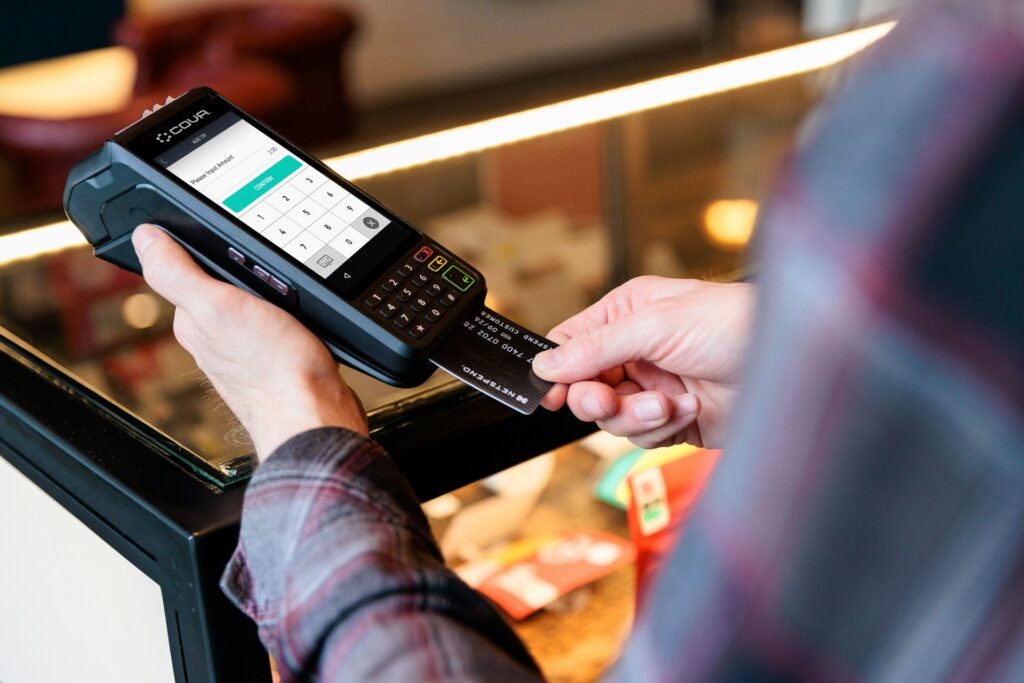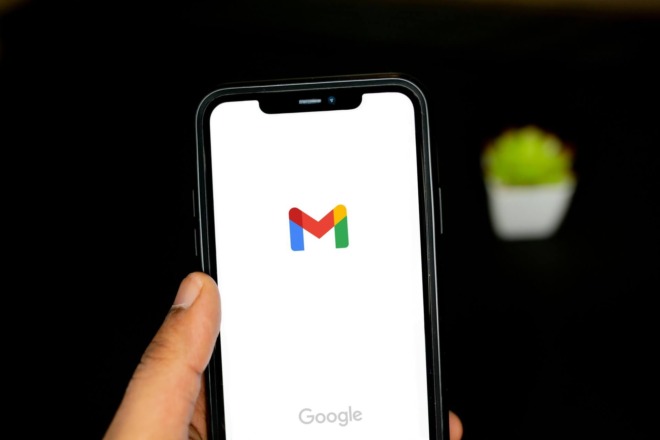So you’ve landed on the Member Alert to Control High-Risk Merchants (MATCH) list. You are in the right place if you want to find out why it happened and how to get off of it. Be careful getting information elsewhere since it may be outdated. This guide follows the merchant edition of Mastercard’s 2025 Security Rules and Procedures — the most recent version.
Everything You Need to Know About the MATCH List
If you have never heard of the MATCH list, be thankful. It is a digital database of high-risk merchants that acquiring banks use to screen applicants. It acts as a red flag for financial institutions, dissuading them from letting you open an account. Today, it is considered industry standard — all major banks use it.
You land on this list if an acquirer terminates one or more of your accounts. Some call this process “getting MATCHed,” but the more well-known term is “blacklisted.” While it might only stop you from opening new accounts, you could lose payment processing services altogether. Being unable to process credit card transactions is undesirable, to say the least.
What Happens When You Land on the MATCH List?
Most acquiring banks won’t let you open a merchant account because they always consult the MATCH list. Whatever your indiscretion may be, it won’t go unnoticed. Some will still accept you, but they have higher processing fees. Either way, you will have difficulty obtaining payment processing services.

Customers who can’t use credit cards may stop shopping with you. Around 16% of consumers agree being able to use their preferred payment method is a huge factor in deciding where they will shop online. Many in-person buyers think the same way. Ultimately, you could face long-term reputational and financial harm.
Reviewing Mastercard’s MATCH List Reason Codes
There are many reasons merchants end up on the MATCH list. Noncompliance with data security standards, fraudulent activity and excessive chargebacks are some of the most common. Each one comes with a designated numerical code spanning from one to 14. Some numbers are blank because the 2025 Security Rules and Procedures doesn’t use them.
Here are the MATCH list reason codes for 2025:
| Reason Code | Explanation |
| 01: Account Data Compromise | You let — intentionally or otherwise — an unauthorized third party access account data and subsequently commit fraud. |
| 03: Transaction Laundering | You engaged in a form of laundering by knowingly or unknowingly allowing bad actors to process illicit payments. |
| 04: Excessive Chargebacks | Chargebacks exceeded 1.5% of your sales and totaled over $5,000 in a single calendar month. |
| 05: Excessive Fraud | Your fraud-to-sales ratio exceeded 8% in a single calendar month and your fraudulent transactions totaled over $5,000. |
| 06: Coercion | You coerced a cardholder to process a transaction by threatening or harming them or their immediate family. |
| 08: Mastercard Questionable Merchant Audit Program | Mastercard’s audit program flagged you as a merchant that engages in collusive or fraudulent activity. |
| 09: Liquidation or Insolvency | You cannot discharge all financial obligations because your business is being liquidated or is in a state of insolvency. |
| 10: Violation of Standards | You violated at least one of the card network’s regulations, which covers fraud, data security and regulatory compliance. |
| 12: PCI Data Security Noncompliance | You are noncompliant with the Payment Card Industry Data Security Standard (PCI DSS). |
| 13: Illegal Transactions | You process illegal transactions. This includes smurfing, money laundering and collusion. |
| 14: Identity Theft | Your identity is in question or your acquirer determined that you illegally assumed the principal owner’s identity. |
Mastercard requires acquiring banks to mark you as high-risk if they terminate your account for any reason listed above. Since they must do so within five days of their decision, you should find out what happened relatively quickly.
Be mindful that other unlisted variables can factor into whether they deem your business high-risk. If you have a high transaction volume, work in a risky industry like e-commerce, sell to international customers in a fraud-prone country, have a low credit score or have never processed payments before, that may contribute to their decision.
Can Merchants Check if They Are on the MATCH List?
Mastercard does not make the MATCH list public, so you can’t check it yourself. Only acquiring banks and payment processors can. Usually, merchants find out they are on it when they apply for a new account and get rejected. If yours was terminated unexpectedly, apply for a new one and see if you receive a reason code.
Mastercard doesn’t put you on the list — it only makes the rules. If you want to find out if and why you are on it, you must contact your acquirer. They must submit additional information on you and the applicable reason code to the MATCH Pro API within five days of their decision to terminate your account.
Steps to Get off the MATCH List Once and for All
The first step in getting off the list is to contact your acquiring bank or try to open a new account to confirm you are on it. You can ask your payment processor who your acquiring bank is if you don’t know. Once you know the root problem, you can fix it and then formally request MATCH list removal.
What if the reason code given doesn’t align with your records? If you think the financial institution added you by mistake, contact them. Ensure you have solid evidence before you do, because they won’t request removal otherwise.

They don’t often make mistakes, so your best bet is to fix the root of the problem. Say you are PCI DSS noncompliant. This can happen if you fail to update your antivirus, monitor suspicious activity, secure your network or protect cardholder data. While cybersecurity threats are top concerns for 60% of small and medium-sized businesses, securing information can be difficult.
You could update your security tools, train your staff and secure your data storage systems. You will need a certificate of validation from a Mastercard-certified forensic examiner declaring you PCI compliant. If the acquirer is unwilling or unable to request MATCH list removal, you can submit the request yourself.
In the worst-case scenario, you wait five years to fall off the list and return to normal status. Each month, Mastercard automatically purges merchant information that has been in the system for five years.
What You Should Do if You’re Stuck on Mastercard’s List
You still have options if you can’t fix the root problem but don’t want to wait five years. You can use a high-risk merchant account service provider, which is an acquirer specializing in providing services to high-risk businesses.
Even they don’t accept everyone, so you should find one that caters to your situation. Expect higher fees since they are taking on more risk. According to Forbes, they typically charge double that of low-risk accounts. Ensure your credit score is high enough to avoid automatic rejection.
You could also consider accepting alternative payment methods, including cash, electronic check, debit, direct deposit and cryptocurrency. Since decentralized banking is becoming more popular, landing on the MATCH list is not necessarily a “death sentence” for businesses anymore. However, you may still see your sales dip.
Try to Avoid Being Blacklisted by Acquiring Banks Again
Landing on the MATCH list and not knowing why is a relatively common experience. Luckily, getting off it is relatively easy once you know what got you there in the first place. Even if you can’t fix the root problem, Mastercard will automatically remove you after five years. In the meantime, you can switch to alternative payment methods.
About The Author
Eleanor Hecks is the Editor-in-Chief of Designerly Magazine, an online publication dedicated to providing in-depth content from the design and marketing industries. When she's not designing or writing code, you can find her exploring the outdoors with her husband and dog in their RV, burning calories at a local Zumba class, or curled up with a good book with her cats Gem and Cali.
You can find more of Eleanor's work at www.eleanorhecks.com.


